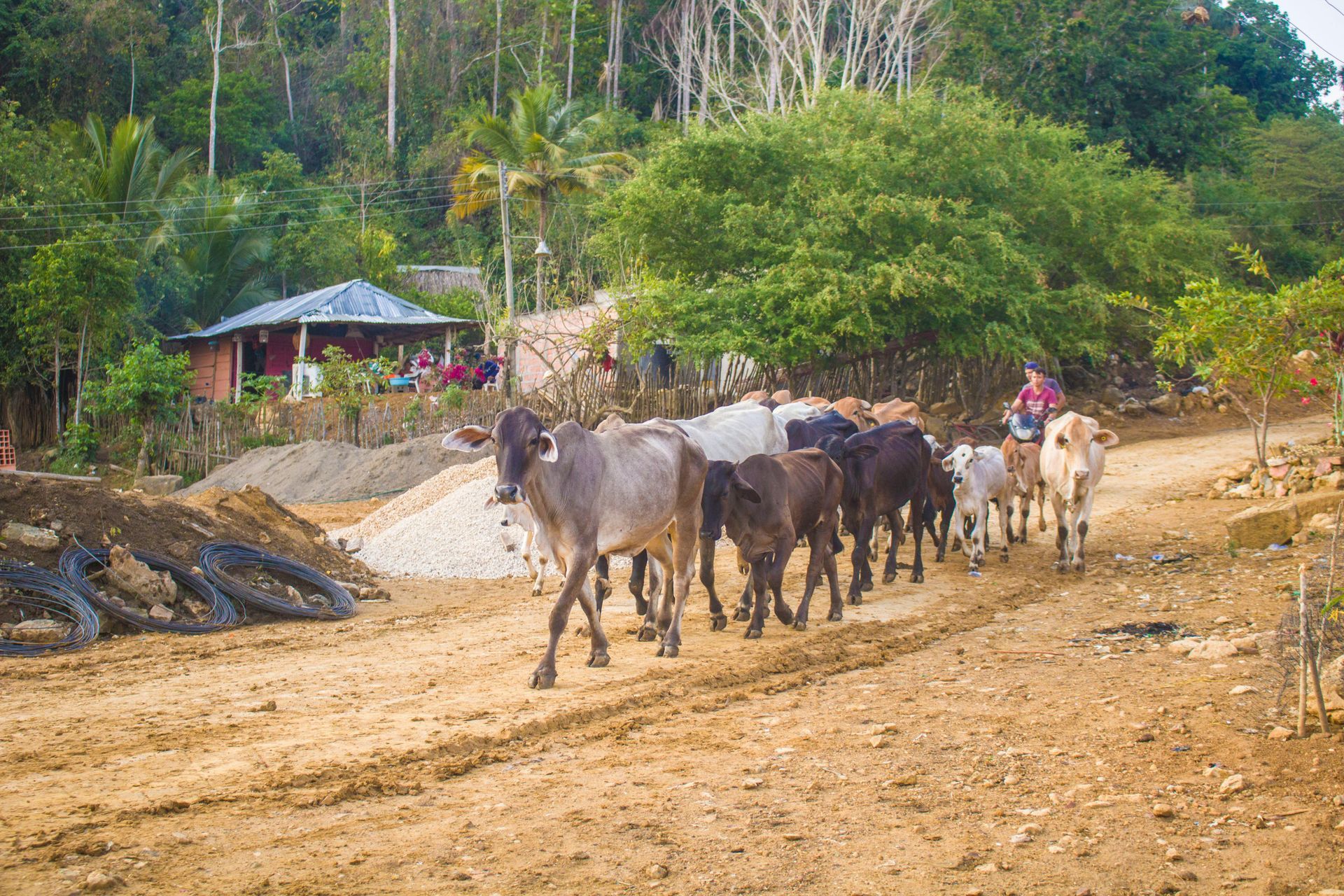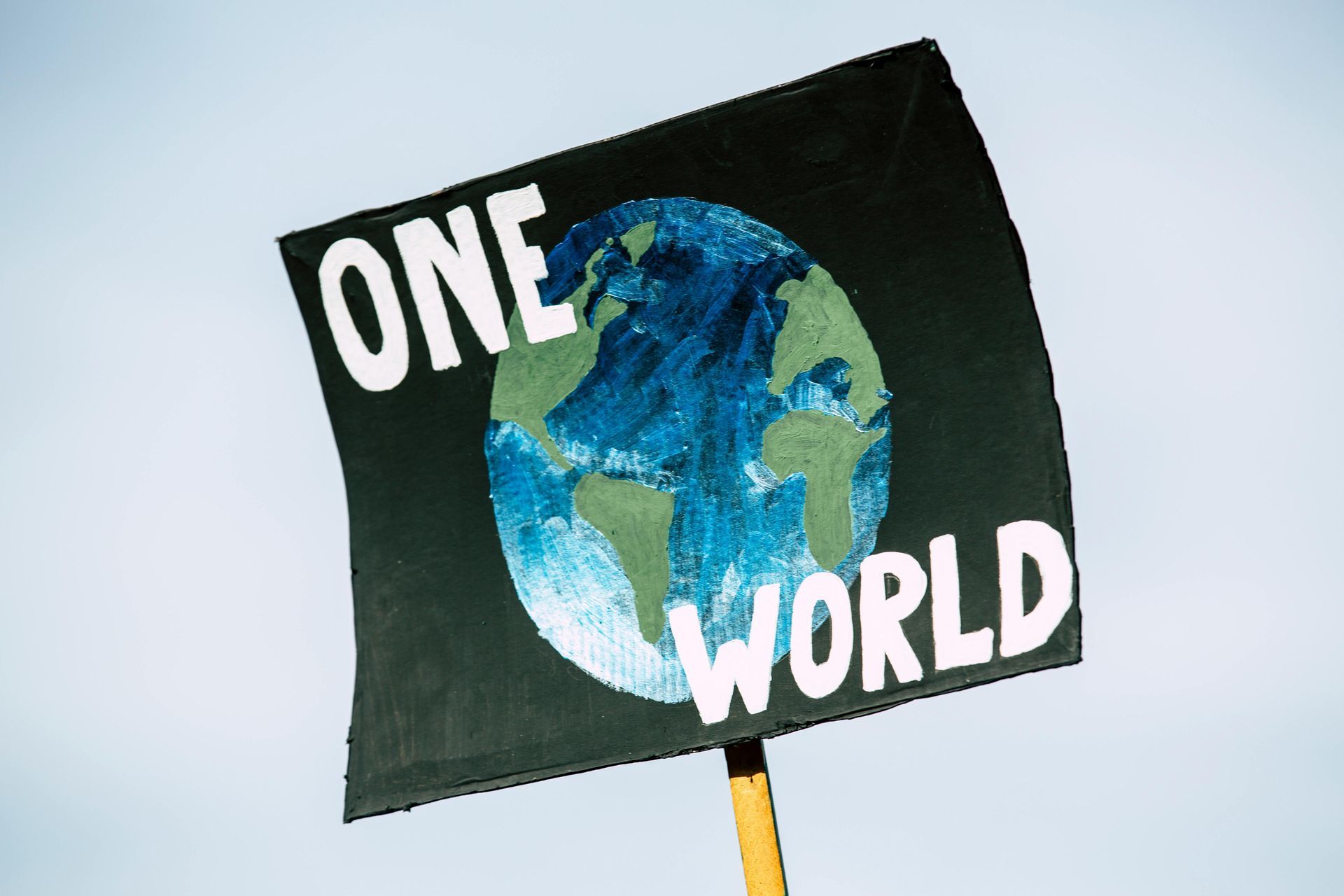The water crisis is a major barrier to reducing poverty.
Access to safe water is essential for development, yet billions still lack it worldwide. Discover the impact on poverty reduction and global progress here.
Access to safe water is essential for development, yet billions still lack it worldwide. Discover the impact on poverty reduction and global progress here.
Water Scarcity and Its Global Impact
According to the World Health Organization and UNICEF, approximately 2.2 billion people globally do not have safely managed drinking water services. This scarcity is most acute in rural areas and low-income countries where infrastructure is insufficient or nonexistent. Without access to safe water, communities face a multitude of challenges, including increased prevalence of waterborne diseases, reduced agricultural productivity, and diminished educational opportunities, all of which perpetuate the cycle of poverty.
Health Implications
The lack of access to clean water and sanitation services is directly linked to the widespread incidence of diseases such as cholera, dysentery, and typhoid fever. Contaminated water is a leading cause of diarrheal diseases, which claim the lives of approximately 485,000 people each year. Moreover, the burden of water collection often falls on women and children, who spend hours each day retrieving water from distant and, at times, unsafe sources. This responsibility exposes them to health risks and reduces the time available for education and economic activities.
Economic Consequences
Water scarcity also has significant economic ramifications. Agriculture, which accounts for 70% of global freshwater withdrawals, is heavily dependent on reliable water sources. In regions plagued by water deficiencies, crop yields dwindle, leading to food insecurity and loss of income for farmers. Furthermore, businesses that rely on water for production and operations face increased costs and reduced viability, thereby economic development and job creation.
Threats to Sustainable Development Goals
Safe water access is a linchpin for achieving the United Nations’ Sustainable Development Goals (SDGs), particularly those related to health, education, and economic growth. SDG 6 explicitly aims to ensure the availability and sustainable management of water and sanitation for all by 2030. However, current trends suggest that meeting this target will require substantial acceleration in global efforts to increase access, improve water quality, and enhance infrastructure.
Solutions and Path Forward
Addressing the global water crisis requires a multi-faceted approach and international cooperation. Increasing investments in water infrastructure, promoting water conservation technologies, and implementing community-led water management projects are crucial steps. Moreover, education plays a vital role in empowering communities to adopt sustainable practices and advocating for policy changes at the local and national levels.
Innovative solutions such as rainwater harvesting, desalination, and water recycling offer promising avenues to enhance water availability. Partnerships between governments, NGOs, and the private sector can mobilize resources and expertise to implement scalable and sustainable water solutions.
Conclusion
The ongoing lack of access to safe water jeopardizes decades of progress in poverty reduction and sustainable development. It underscores the urgent need for intensified efforts and collaboration to ensure that every person, irrespective of geographic or economic barriers, can access safe and clean water. By prioritizing water security, the global community can safeguard health, enhance economic opportunities, and forge a path toward a more equitable and sustainable future for all.











